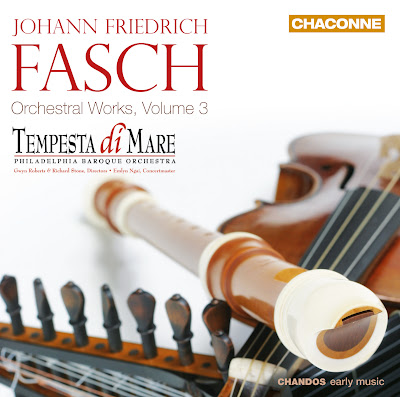Josquin Desprez (c.1450-1521): Missa L'homme armé sexti toni a 4.
The Tallis Scholars - Peter Phillips.
One of the best masses of the history.
Peter Phillips say about Josquin, his L'homme armé masses and this mass:
"There were at least 31 Mass-settings based on the L'homme armé melody in the Renaissance period. The two by Josquin des Prés were written about half-way through the spectrum, between those of Dufay and Ockeghem on the one hand and the two each by Morales and Palestrina on the other. It is especially valuable to hear the Josquin settings together, since it is assumed that while writing the earlier of them, Super voces musicales, he conceived new compositional challenges which he confronted in Sexti toni. There is an extra merit in having a performance of Super voces musicales on disc, since I believe that, on account of its length and the tessitura of its voice parts, a concert performance of it complete would be virtually impossible.
The Tallis Scholars - Peter Phillips.
One of the best masses of the history.
Peter Phillips say about Josquin, his L'homme armé masses and this mass:
"There were at least 31 Mass-settings based on the L'homme armé melody in the Renaissance period. The two by Josquin des Prés were written about half-way through the spectrum, between those of Dufay and Ockeghem on the one hand and the two each by Morales and Palestrina on the other. It is especially valuable to hear the Josquin settings together, since it is assumed that while writing the earlier of them, Super voces musicales, he conceived new compositional challenges which he confronted in Sexti toni. There is an extra merit in having a performance of Super voces musicales on disc, since I believe that, on account of its length and the tessitura of its voice parts, a concert performance of it complete would be virtually impossible.
The earliest reliable source of the L'homme armé melody is a late 15th century manuscript in Naples, which contains six anonymous Masses based on the song. The text may be translated 'Fear the armed man; word has gone out that everyone should arm himself with a haubregon (1) of iron', which may refer to a crusade against the Turks (see Lewis Lockwood in the New Grove). This Neapolitan version of L'homme armé poses two unsolved problems: whether it was originally a monophonic song or the tenor of a lost three-voice chanson; and whether it originally had any more verses, as the refrain structure rather suggests. Apart from the composers already mentioned, there were Mass-settings founded on L'homme armé by Busnois (who was said, by Pietro Aaron in 1523, to have been the original composer of the song), Regis, Tinctoris, Obrecht, Brumel, Mouton, de Silva, Carver and several others. The series was finally closed in the 17th century by Carissimi, who crowned the tradition with a 12-voice work.
At first hearing the two Josquin L'homme armé Masses are worlds apart. One might guess, quite simply, that Super voces musicales was a medieval composition, and Sexti toni a mature Renaissance one. In fact the manuscript evidence is that they were probably both from Josquin's so-called middle period which ended about the year 1500, though it is assumed that Super voces musicales was written first. They were both printed by Petrucci in 1502.
Josquin's Mass Sexti toni (in the sixth mode) is so called because he has transposed the melody to make F its final (as opposed to the more normal G), giving it a major key tonality. This element of transposition is one of the features borrowed from Super voces musicales, though there, as we have seen, it was turned into a constructional principle. The idea of stating the melody in retrograde has also been transferred from the other Mass, though instead of giving the direct and retrograde forms in consecutive statements as he did before, here in the third Agnus Dei Josquin states them both at the same time. These form the lowest parts in a movement where the number of voice-parts has been increased from four to six, and the upper voices are in two paired canons at the unison. While this shows exceptional compositional virtuosity, the actual sound in this final Agnus is most unfamiliar, suggesting, if anything, the methods of such modern minimalist composers as Philip Glass.
The remainder of the setting seems more relaxed, though in fact Josquin can be heard constantly to be trying out new speeds, new rhythms and new scorings for the L'homme armé tune, now complete, now with a few notes used as the basis for an ostinato pattern or a canon. The wide overall range of the four voice-parts brings to the writing the kind of sonority which is associated with Palestrina, and Josquin constantly used this to imaginative effect, nowhere more memorably than at Et resurrexit in the Credo. For showing all these different aspects of his extraordinary technique, this Mass must rank as one of the most accomplished productions of a composer long held to be the greatest writer of his time."
I think this mass is one of the best of history. The "Kyrie" and "Agnus Dei" are simply incredible. Music that lifts the soul.
For me, the performance of The Tallis Scholars is the best fort these pieces. This album is simply indispensable, a "classic" recording of Josquin music.
Pure "Tallis Scholars" sound: brilliant, perfect pitch, balance and phrasing. A real lesson in how to perform Renaissance polyphony.










